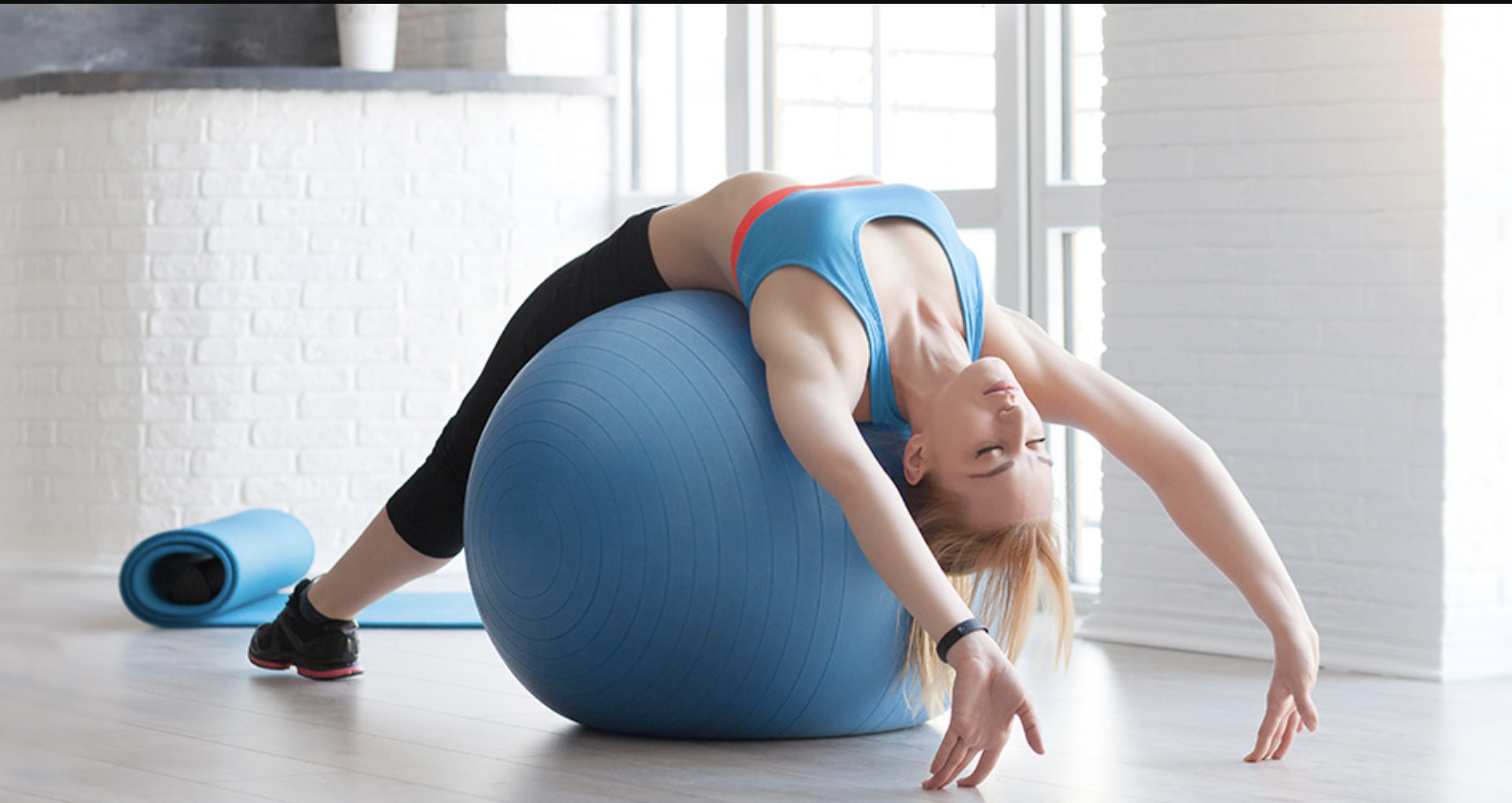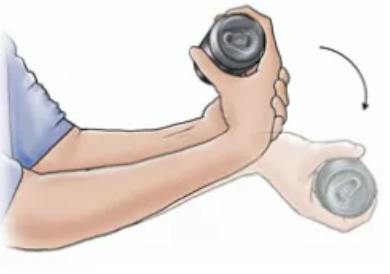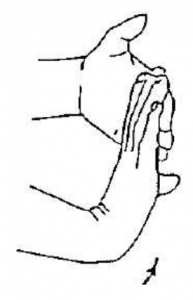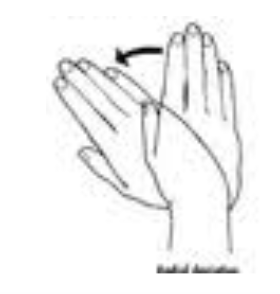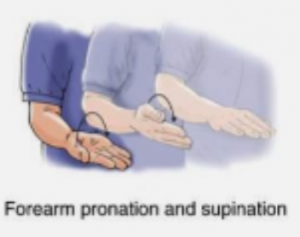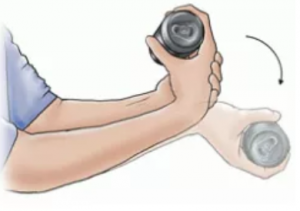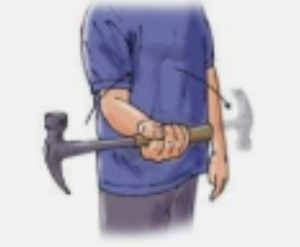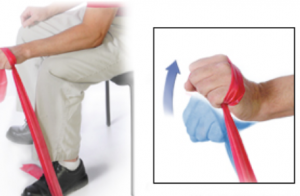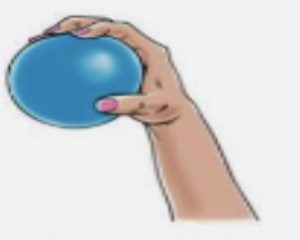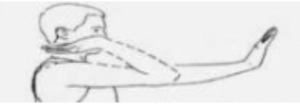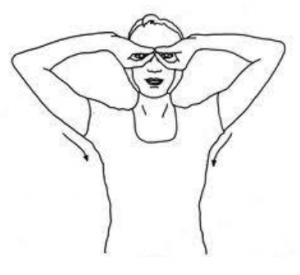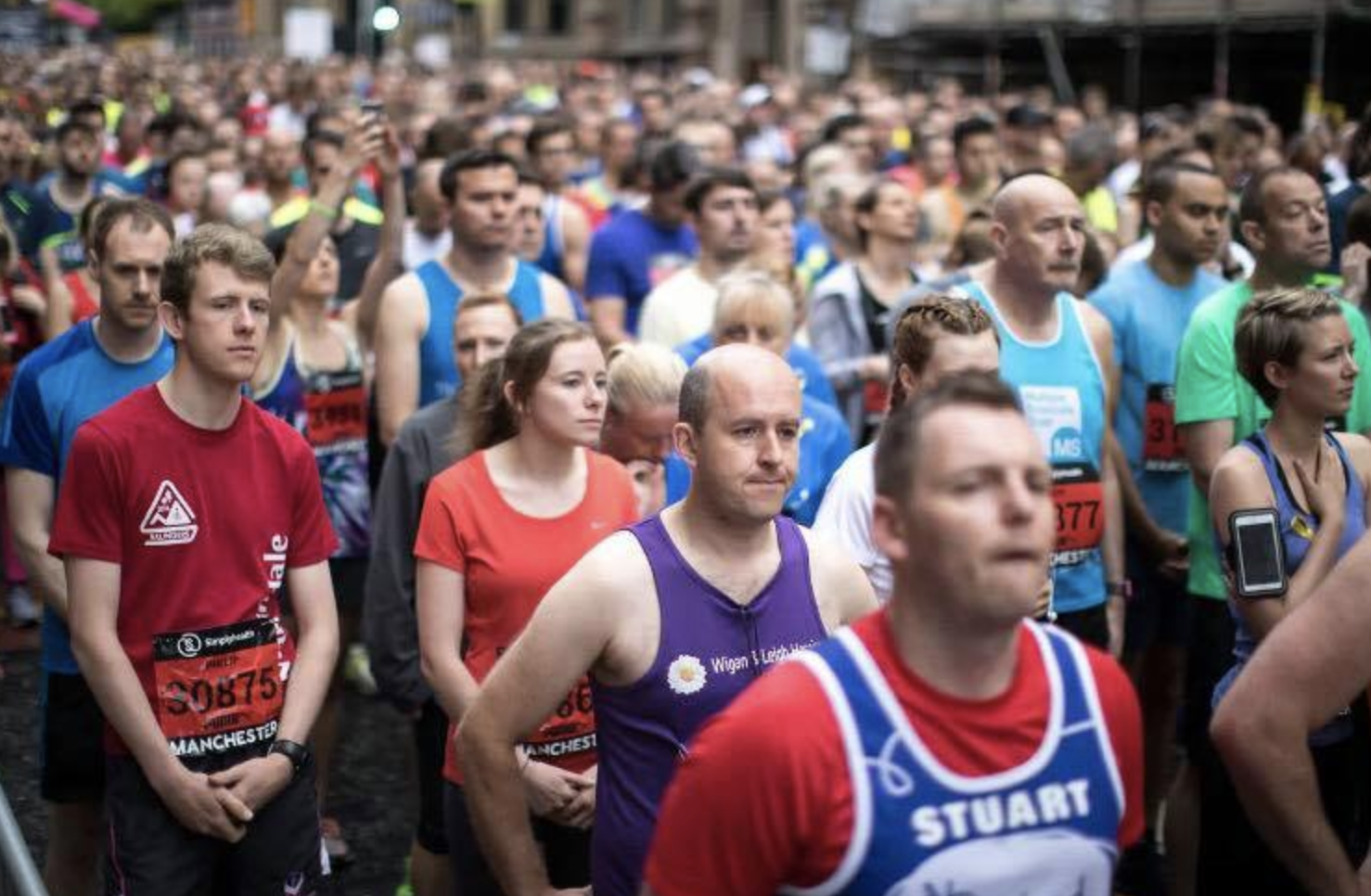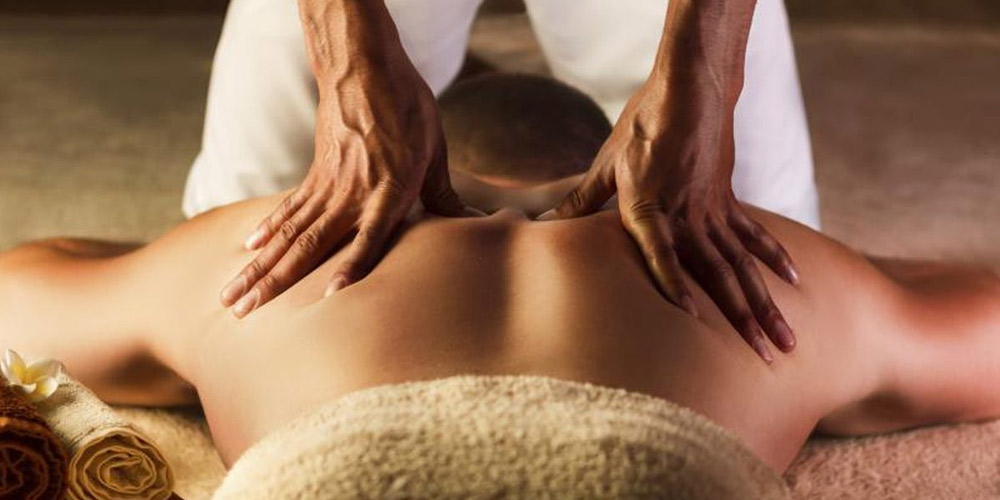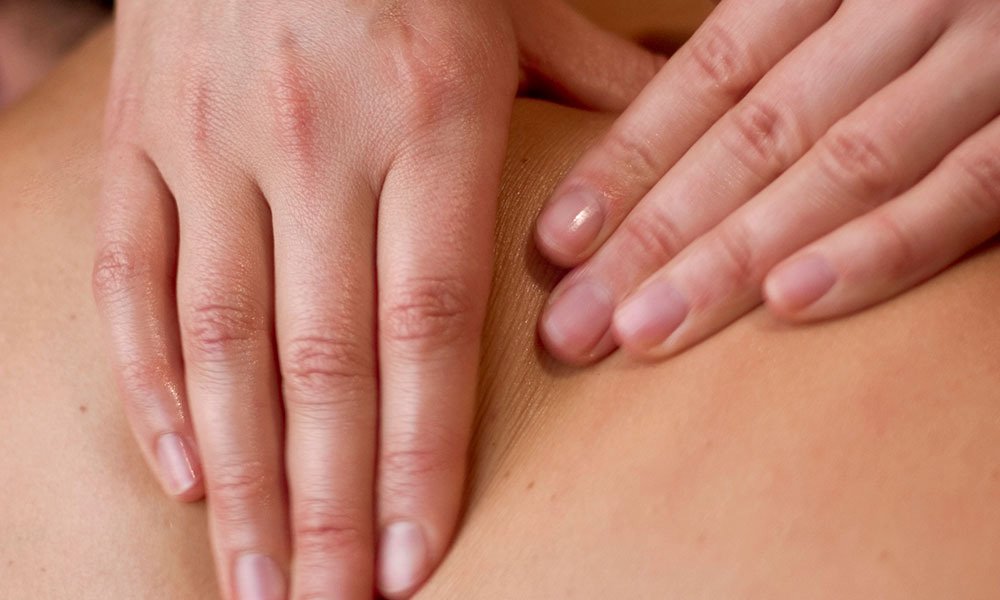Injury Prevention – Tips
When most people think of physiotherapy, they think it is for the treatment of injuries that have already occurred. But, that’s not strictly true.
Physiotherapists also play a big role in preventing injuries from ever happening.
Injury Prevention is described as an effort to reduce or prevent the severity of injuries that may be caused by external mechanisms or repetitive motions.
So, whether it’s in sports or in daily life activities, here are a couple injury prevention tips:
Warm up/cool down
Here’s some more in depth info on prehab exercise to get you started.
If you are about to take part in sports, head to the gym, or doing anything active, make sure you take an extra 5-15minutes at the beginning and end of your training to do a proper warm up and cool down.
Incorporate some light jogging/cycling to get the blood pumping and some stretching to get your muscles ready and warmed up or to prevent them from stiffening up post-session, causing delayed soreness.
Take breaks/time off
Small breaks or a couple days off after an intense training session is always a good idea to let your muscles adapt to the stress that has been put on them.
Stay hydrated
Drink plenty of water before, during and after. If you are going to take part in an endurance event, it is important to drink plenty of fluid, which should contain sugar and electrolytes.
Avoid REPETITIVE MOVEMENTS
If possible, at your job or in your sport make sure to take breaks when it comes to repetitive motion. It is not possible to always avoid doing such, but it is important to be aware that breaks are needed to not cause stress on joints/muscles.
Do NOT push through pain
Nothing good ever comes from working/playing through pain. You’re just causing stress on an injury site that might be small and you may be turning it into a big problem.
Use the proper technique
The correct footwear, helmet, mouthguard, elbow pads etc, are essential in preventing injury. Depending on your sport it is important to take measurements and use the proper equipment that best suits you.
Progress gradually
If it is at work or in sport/gym, it is important to not start to overdo it at the beginning of the activity. Knowing your limits is essential to prevent injury.
Make sure you always keep in mind the “FIT” rule: Frequency, Intensity and Time. Only progress one of these each week as a general principal.
Safety
Stick to the rules in the workplace or on the field. Rules are made for a reason and if broken it can cause injury to yourself or others.
Strengthen muscles
Stay fit and strong, this helps reduce stress on your joints.
Increase flexibility
Keep you muscles nice and flexible as this can help prevent injury and muscle strains. Pilates is a great option for this.
Reduce emotional stress
Try to avoid too much pressure to win or do well at work as this can cloud your judgment and put you at risk of hurting yourself and pushing through pain.
Seek help from a physiotherapist
Your physiotherapist can help you with all of the above and create you a tailor made exercise program that reduces the risk of injury. They will provide you with hands on treatment and of course, advice and education what you should do on your own. If you want to speak to one of our specially trained physios, all based in Manchester city centre, then call Total Restore on 0161 833 3008 for a free phone consultation.

